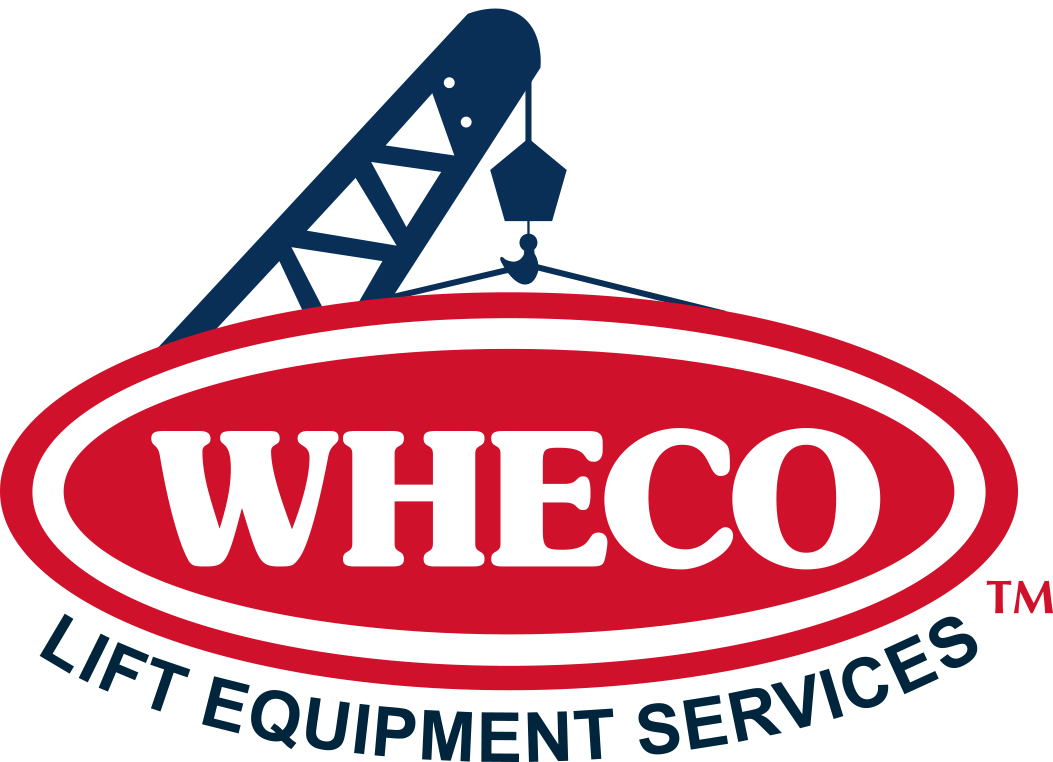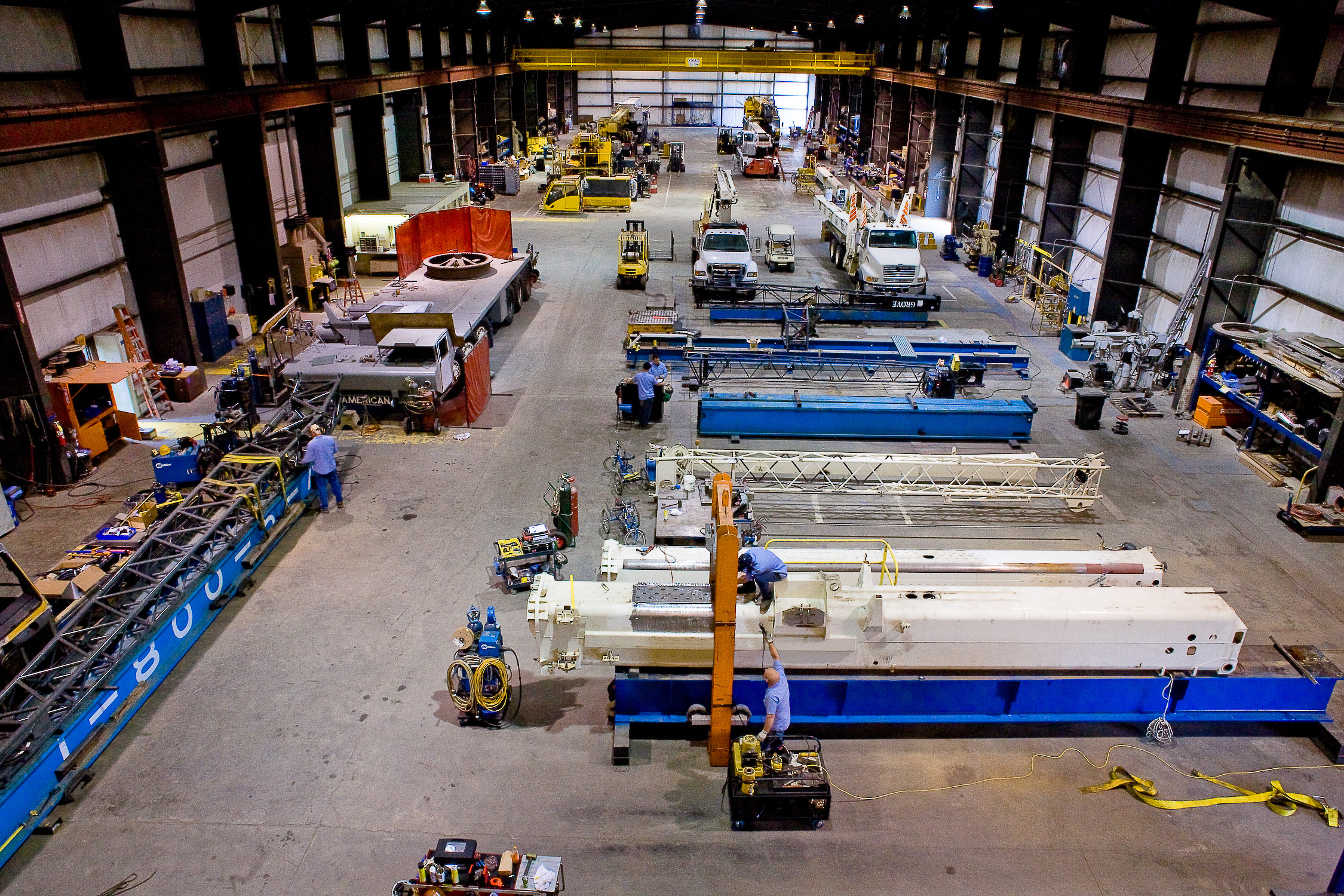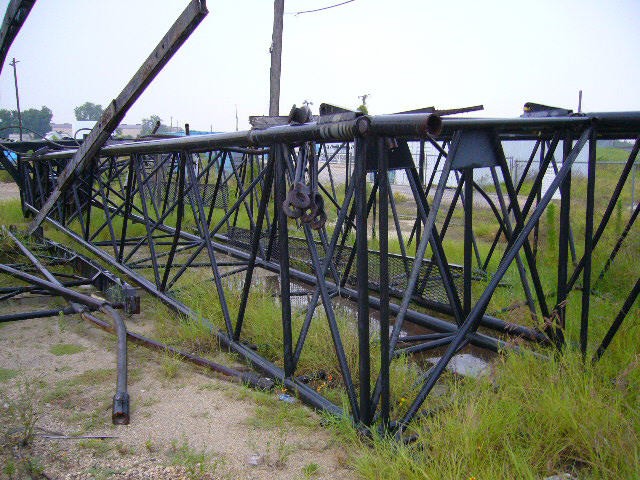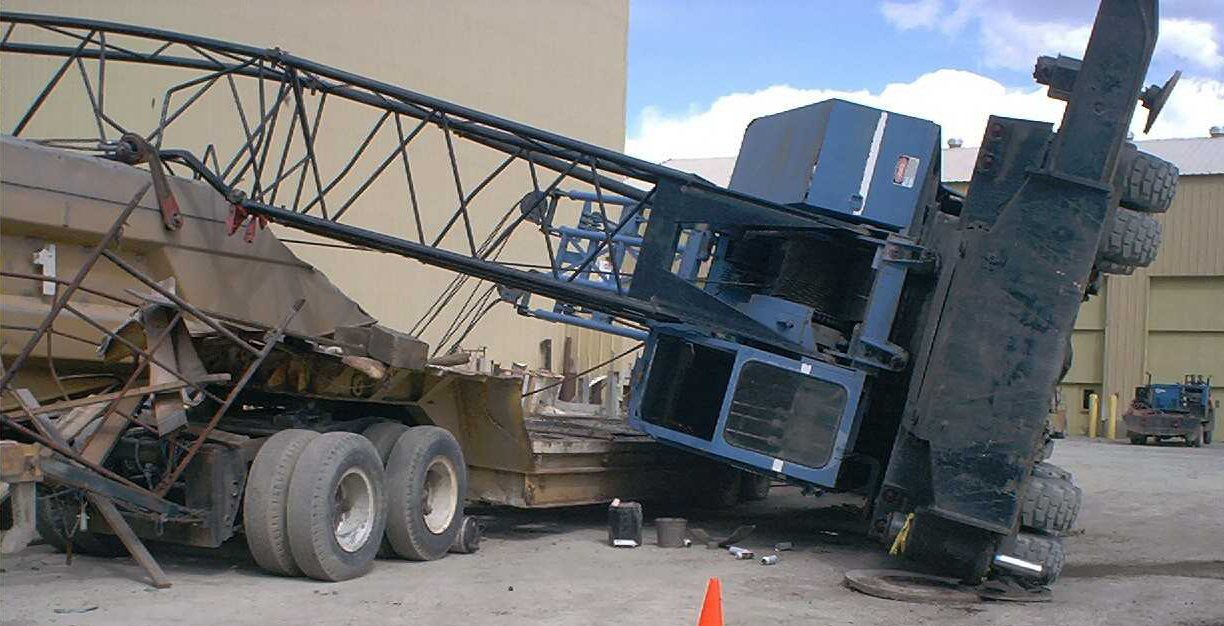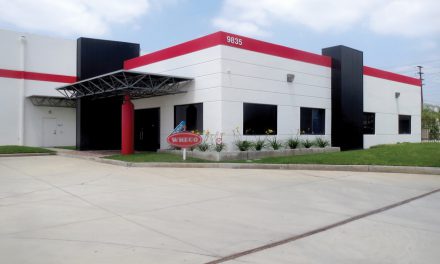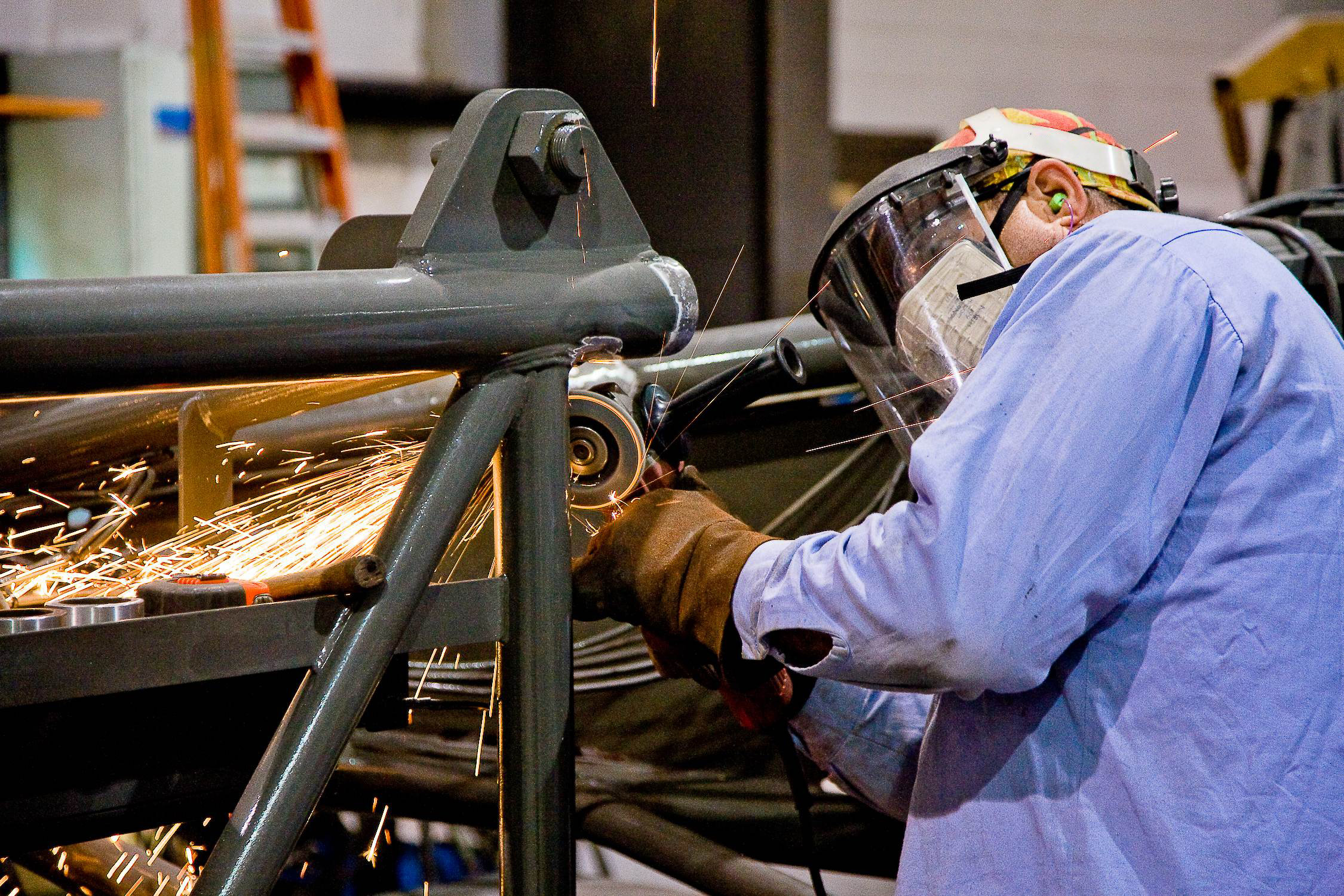It would stand to reason that an authorized distributor for a crane manufacturer, who has almost proprietary access to a manufacturer’s technical staff and information, and receives preferred parts pricing and availability, could not be beat in providing better product support and customer service.
So why do third-party crane repair services exist, and how is it that they can out-perform a dealer?
First of all, let’s distinguish the difference between “Customer Service” and “Product Support”:
- Customer Service: A series of activities designed to enhance the level of customer satisfaction—that is, the feeling that a product or service has met the customer expectation.
- Product Support: The package of support functions necessary to the end-user, consisting of technical information, training, engineering support, repair parts, and service support that works to maintain and keep products functioning and operational.
All crane and heavy equipment manufacturers, and their dealers, are set up to provide product support, and the level of product support can vary from manufacturer to manufacturer and dealer to dealer. One thing’s for sure; product support is one of the biggest pain points for crane owners. Out-of-service cranes do not generate revenue.
- I think the biggest reason that crane owners and crane insurers look for alternatives to the traditional distributors for support is that the crane manufacturers, dealers, and even their trade organizations use pressure tactics that include providing false information about OSHA standards, and even threats to pressure owners and insurers into using their services.
Hardly a day goes by that I don’t talk to someone who has a damaged crane or crane component who has been told that if they don’t have the unit repaired by the OEM or an authorized dealer, their crane will be condemned, red-tagged, black-listed, not eligible for warranty, or that the crane will no longer continue to be supported with parts and service. I would say that this is a pretty poor way to begin a customer service experience. And, I would say that being told that you have only one product support option, at the risk of having your crane condemned, is a major pain point.
- Another reason that third-party repair-service companies exist is that we always consider the repair option first. Repair options extend from engineered structural repairs to individual component repairs. We often refer to traditional distributors as “parts changers.” Anyone can order new parts and components, wait for delivery, and change them out when they arrive. But to truly provide the best product support and customer service experience, it pays to be resourceful, think outside the box, and look for the safest and most time- and cost -ffective solution.
Manufacturers and dealers have little incentive to improve their level of product support if they demand that their customers only use their parts and service support. This continues to manifest itself as they develop proprietary replacement parts and components and vendor relationships for even the simplest of components. Selling $100-worth of wiring for $5,000 simply because they use proprietary connections is highway robbery. Crane owners and crane insurers are not accepting of this, and are pushing back by finding safe and reputable alternative support providers.
Despite the advantages an OEM distributor may have, they may not be able to deliver the best product support and customer service experience. So, if you feel that you are being pressured or even bullied, and are tired of being told what you can and cannot do regarding your crane repairs, it may be time to consider using a third-party repair-service provider.
It is certain that the quality of the customer-service experience provided can change the entire perception a customer has of a product and organization.
